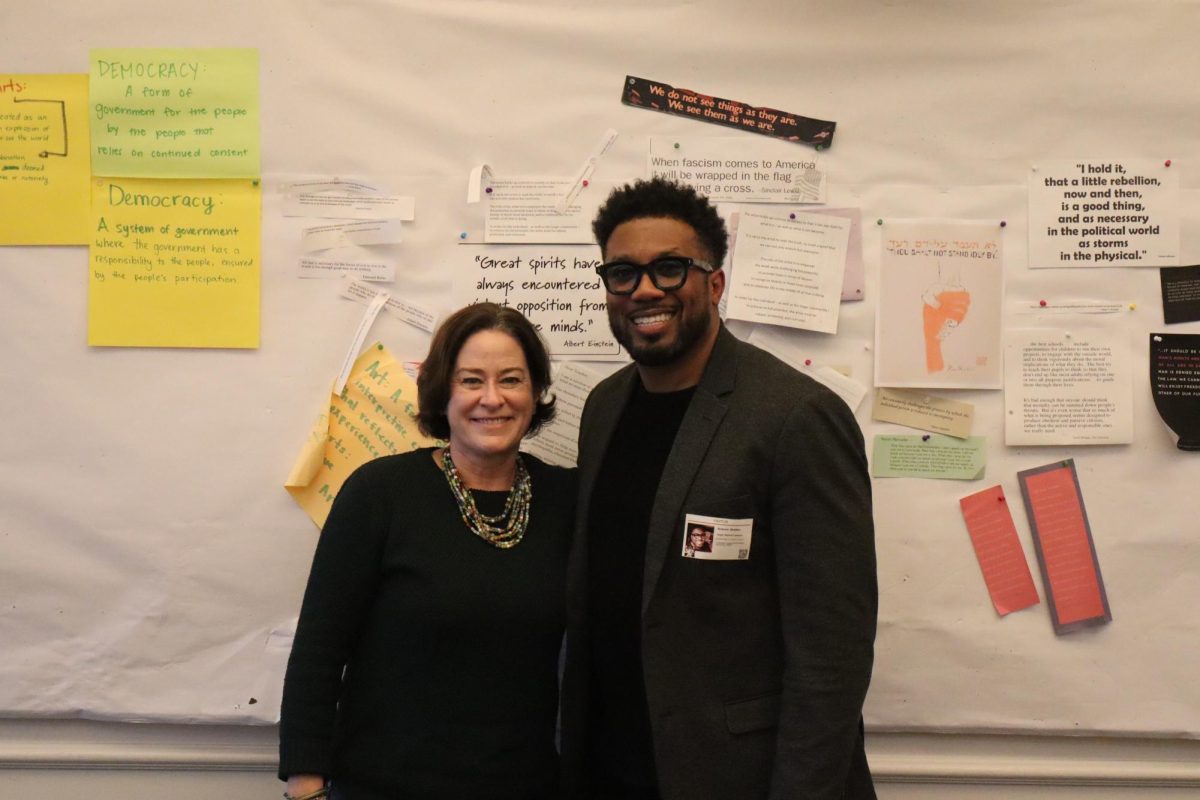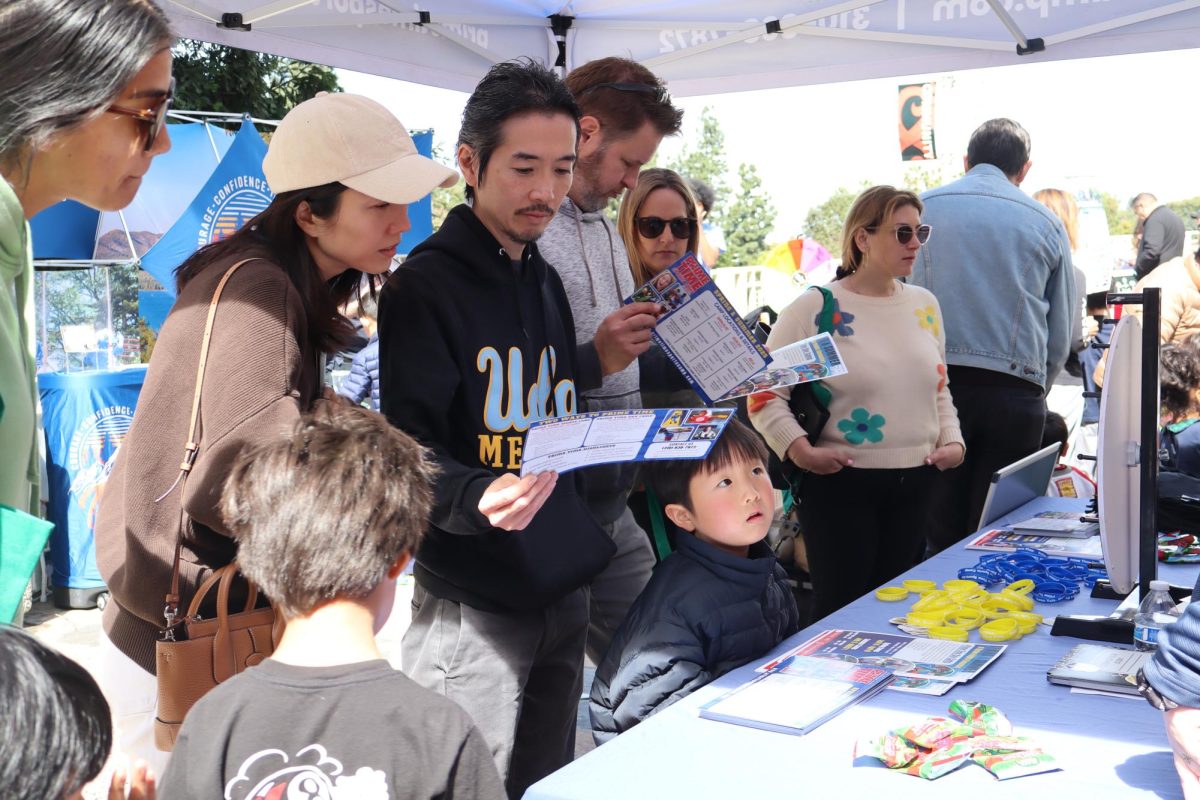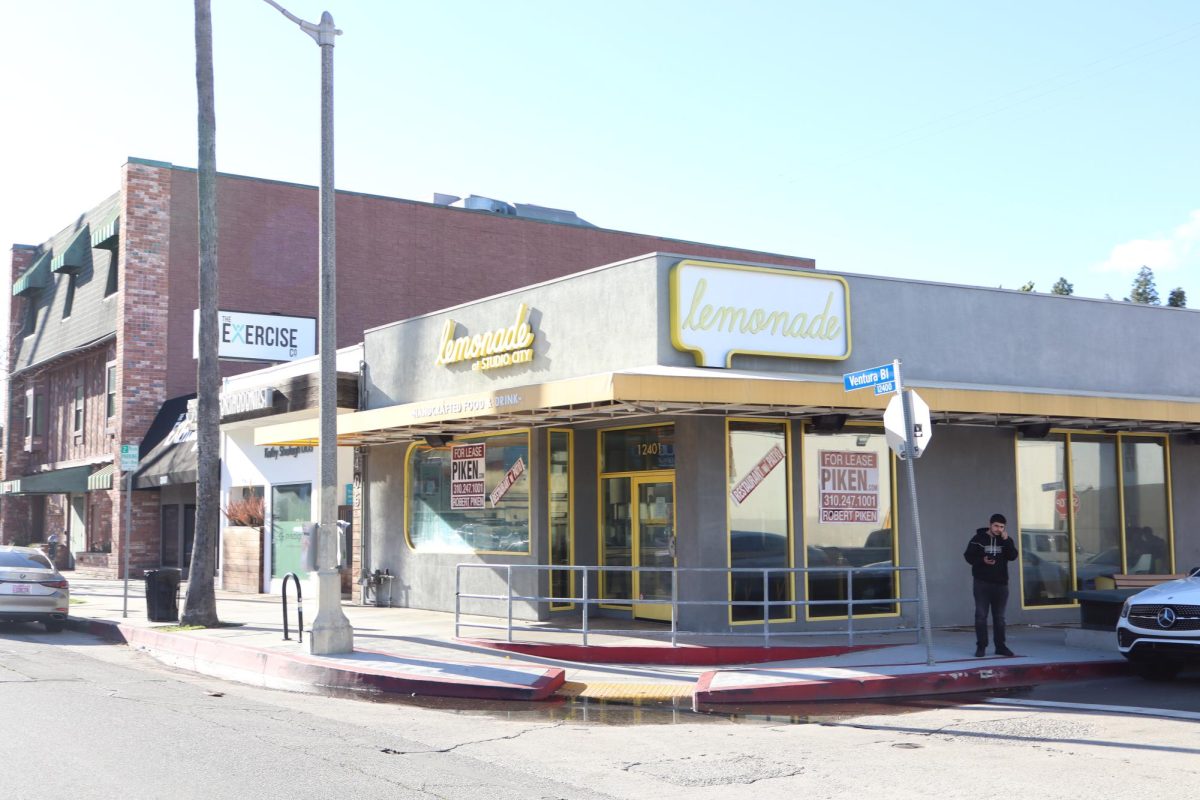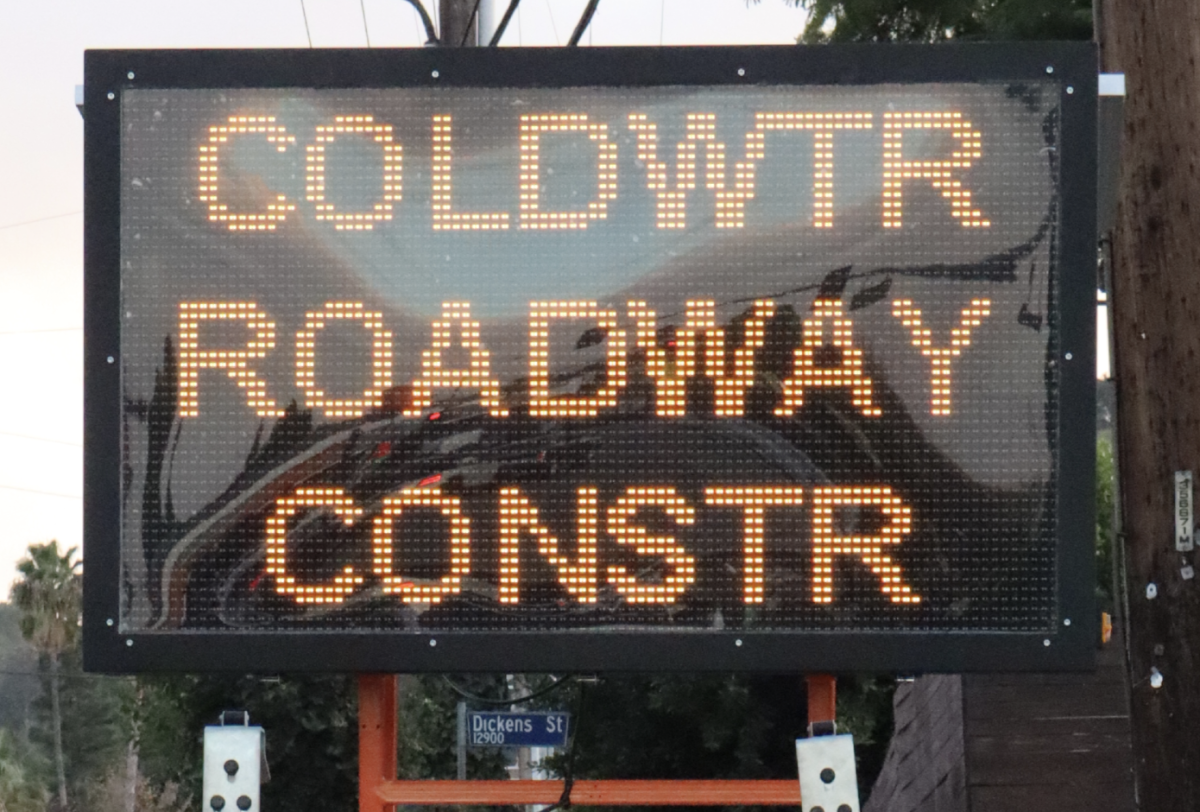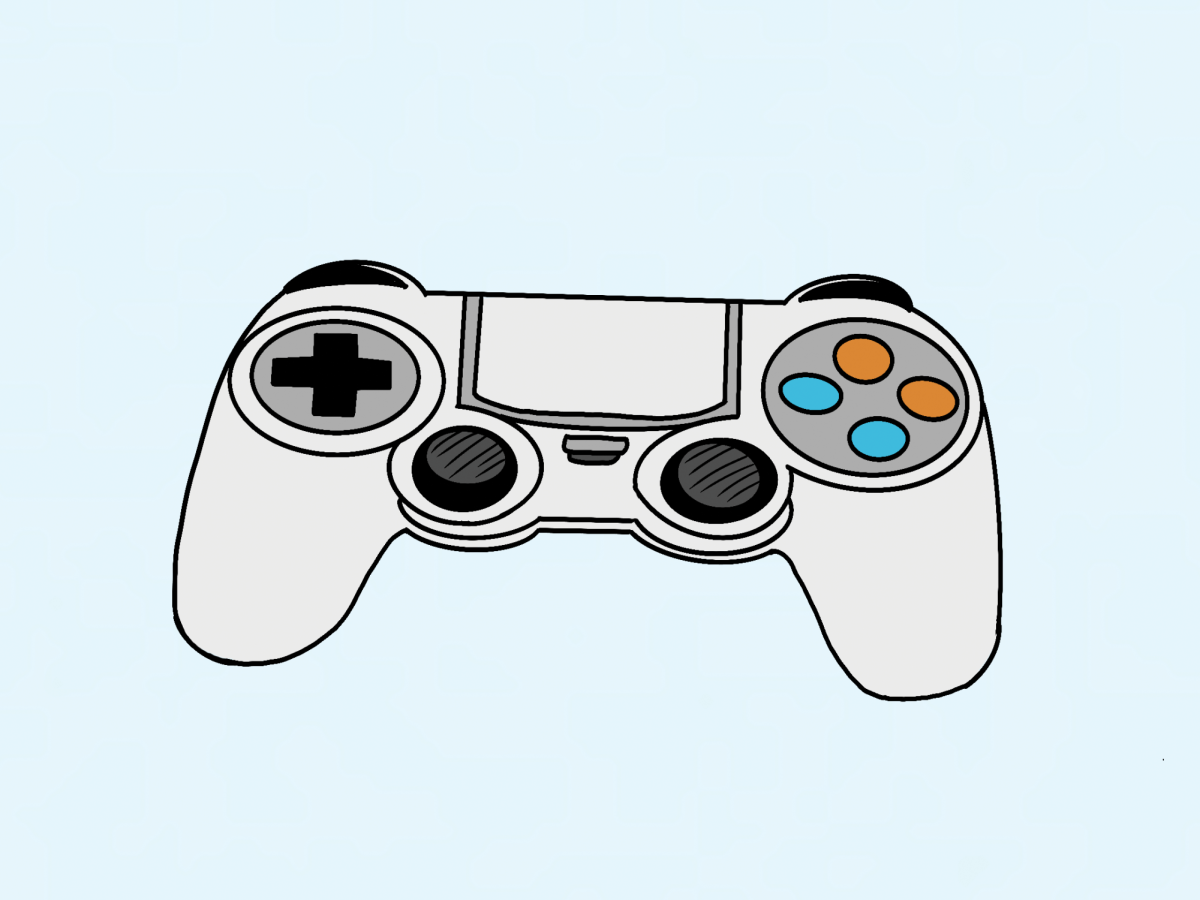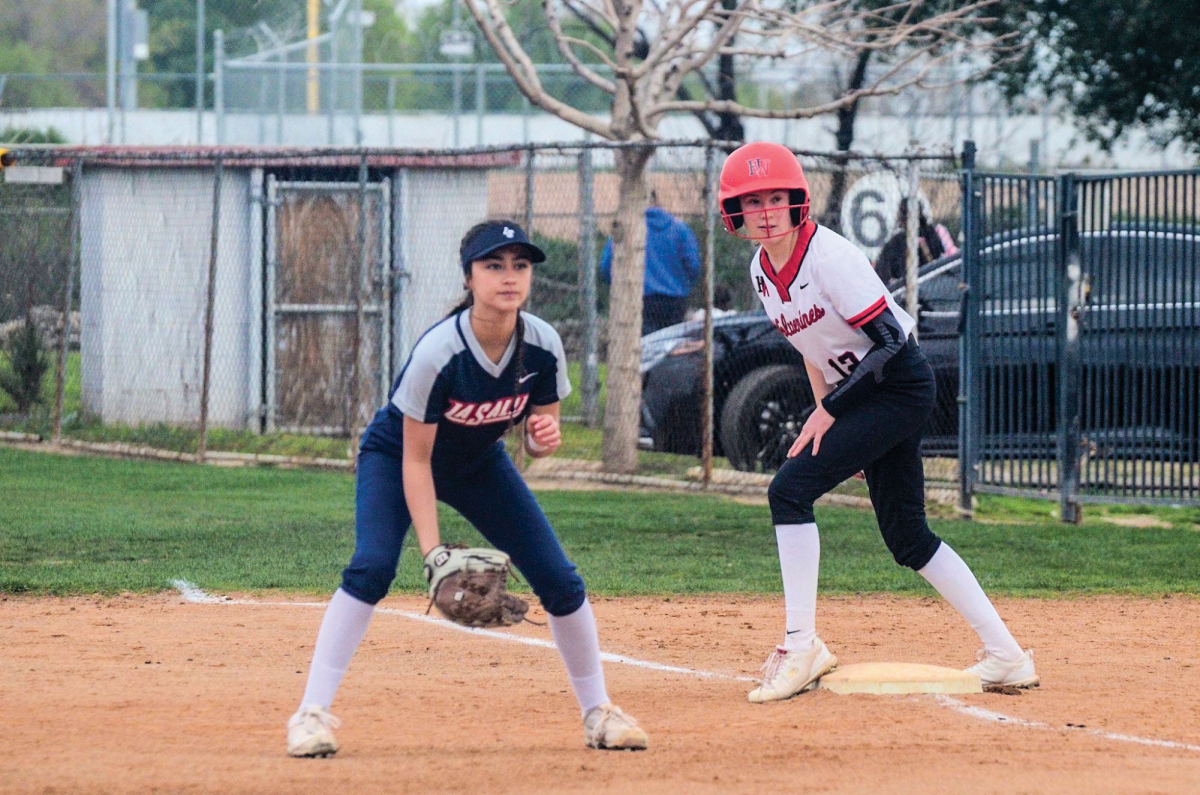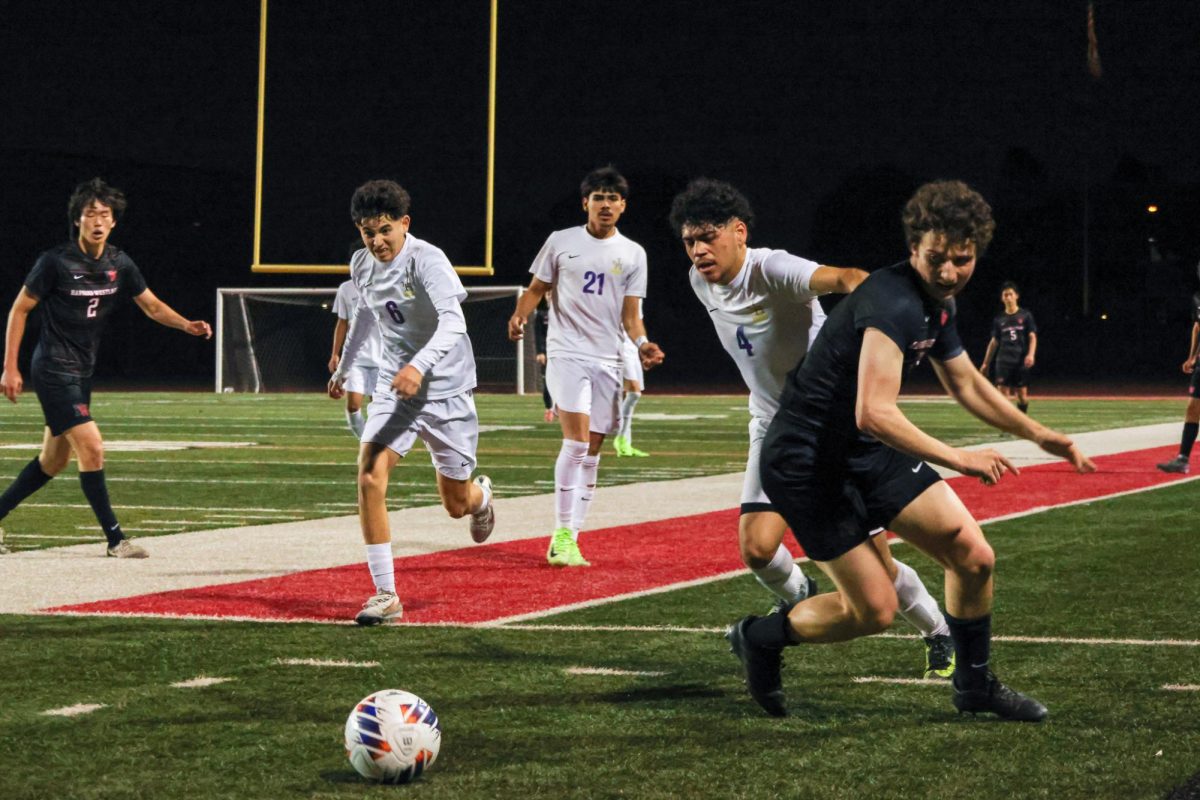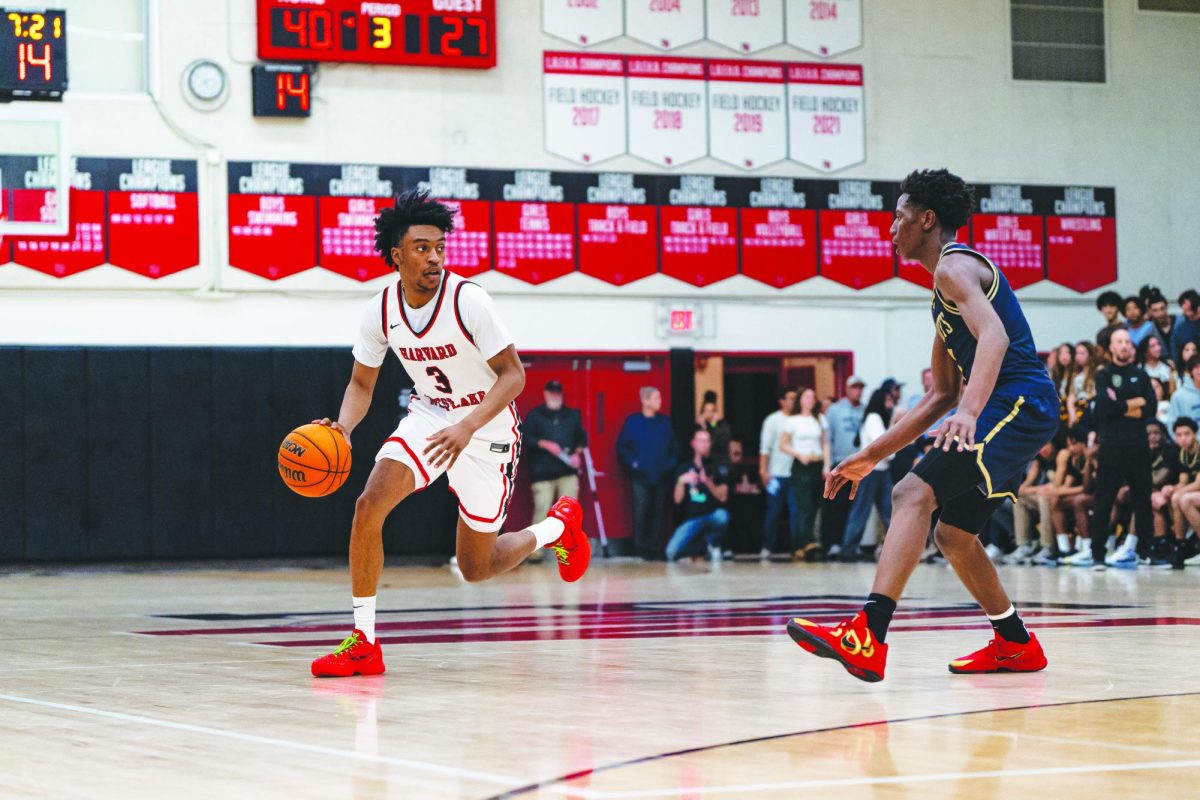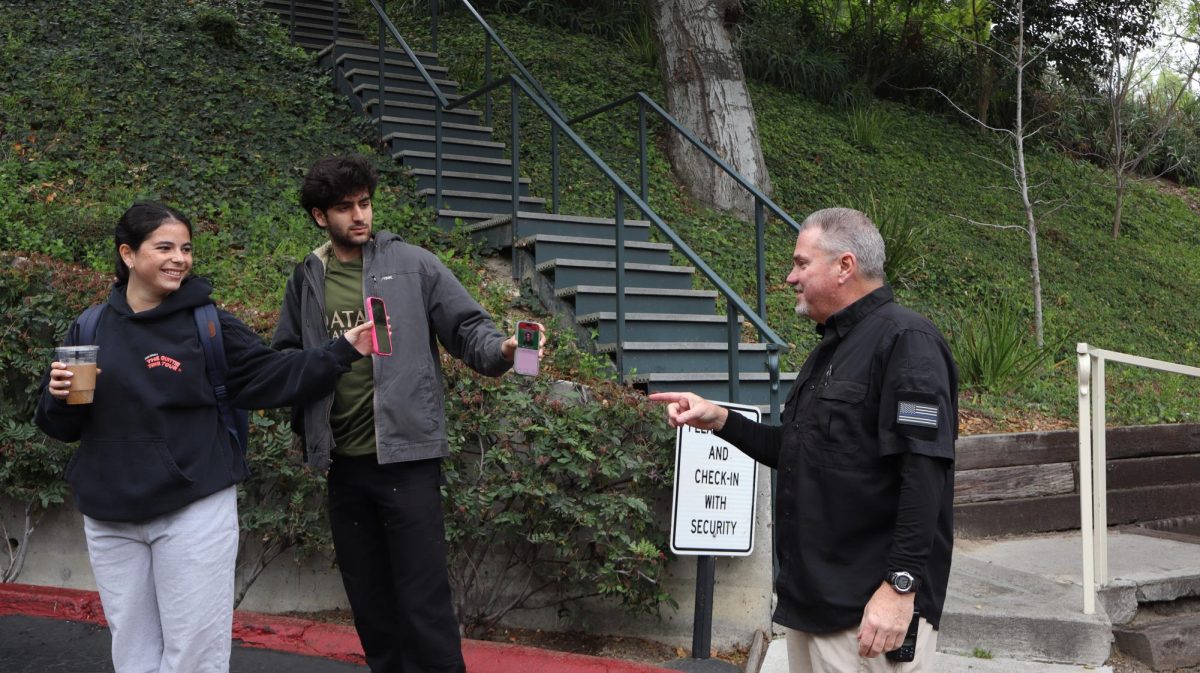The school is in the process of implementing fingerprint identification as an optional payment method in both campuses’ cafeterias as an alternative to a school-issued ID card. The technology is currently being tested on the Lower School campus, with the possibility of being brought to the Upper School next year, when cell phone usage will become restricted on campus.
Head of Lower School Jon Wimbish said the system will quickly recognize students’ fingerprints when they make purchases in the cafeteria.
“Using a finger scanner, the software scans unique points on the finger to create and store individual numerical templates that identify each student,” Wimbish said. “When the student returns, the software again scans the finger and looks for a numerical template match in the database. This all happens in about a second.”
Head of Communications and Strategic Initiatives Ari Engelberg ’89 said the scanning technology was introduced because of issues with students being unable to keep track of their school IDs.
“The idea originated at the middle school because cell phones are not permitted during the school day and students often can’t find their ID card when they are at the register,” Engelberg said. “Adding a fingerprint scanning option to the cafeteria’s point-of-sale-system seemed like a fast and highly reliable solution, and it is in use at lots of schools around the country for this purpose.”
Wimbish said that while participation is voluntary, the new system is completely secure and ensures that students’ personal information and fingerprint scan remain protected and private.
“There are no images of actual fingerprints taken,” Wimbish said. “The initial finger scan is converted to an encrypted string of numbers called the template, which is only associated with the student’s name, student ID number, grade, and school. All templates are located behind the school’s firewall with all the security protections currently in place so the vendor does not host or have access to any of our data.”
Maia Blackman ’28 said she is happy the school is working to make its phone-free policy more convenient for students.
“I think it’s a great solution since a lot of people I know often forget their school IDs at home and then [do] not have a way to purchase food without buying a completely new one,” Blackman said. “It’ll definitely make it less annoying to not have our phones on campus.”
Engelberg said the school would benefit from the new technology, which allows for a more efficient payment system during busy periods.
“At the Upper School, where cafeteria lines can be long during the common lunch period, the hope is that the fingerprint system will speed up checkout because students won’t need to fumble with their phones or take ID cards out of their bags,” Engelberg said.
Rael Kreiz ’26 said while he would prefer to keep using his phone at school, he is open to these new advancements.
“I won’t want to carry my school ID around next year, so I think it’s a good idea to have an easier option in the cafeteria,” Kreiz said. “I do wish we could still just have our phones, but this seems like the next best choice.”
Talia Hannani ’26 said she is looking forward to the change but is hesitant over its cleanliness.
“The technology seems very innovative and I’m excited to see if it actually helps with congestion in the cafeteria lines, since it does get pretty crowded. However I’m not sure how sanitary it will be to have the whole school touching the same scanner so I wonder if there is a way to address that.”




